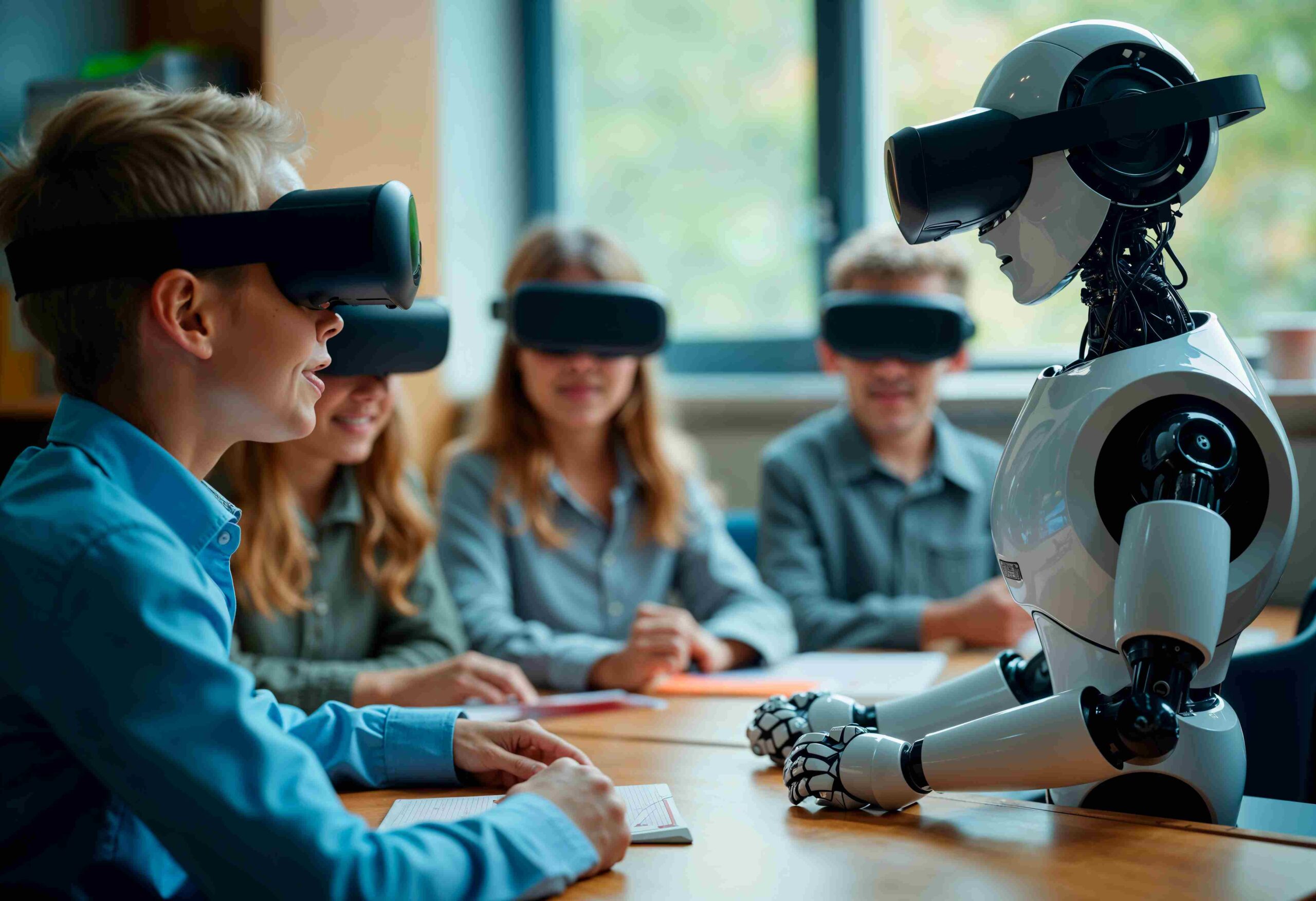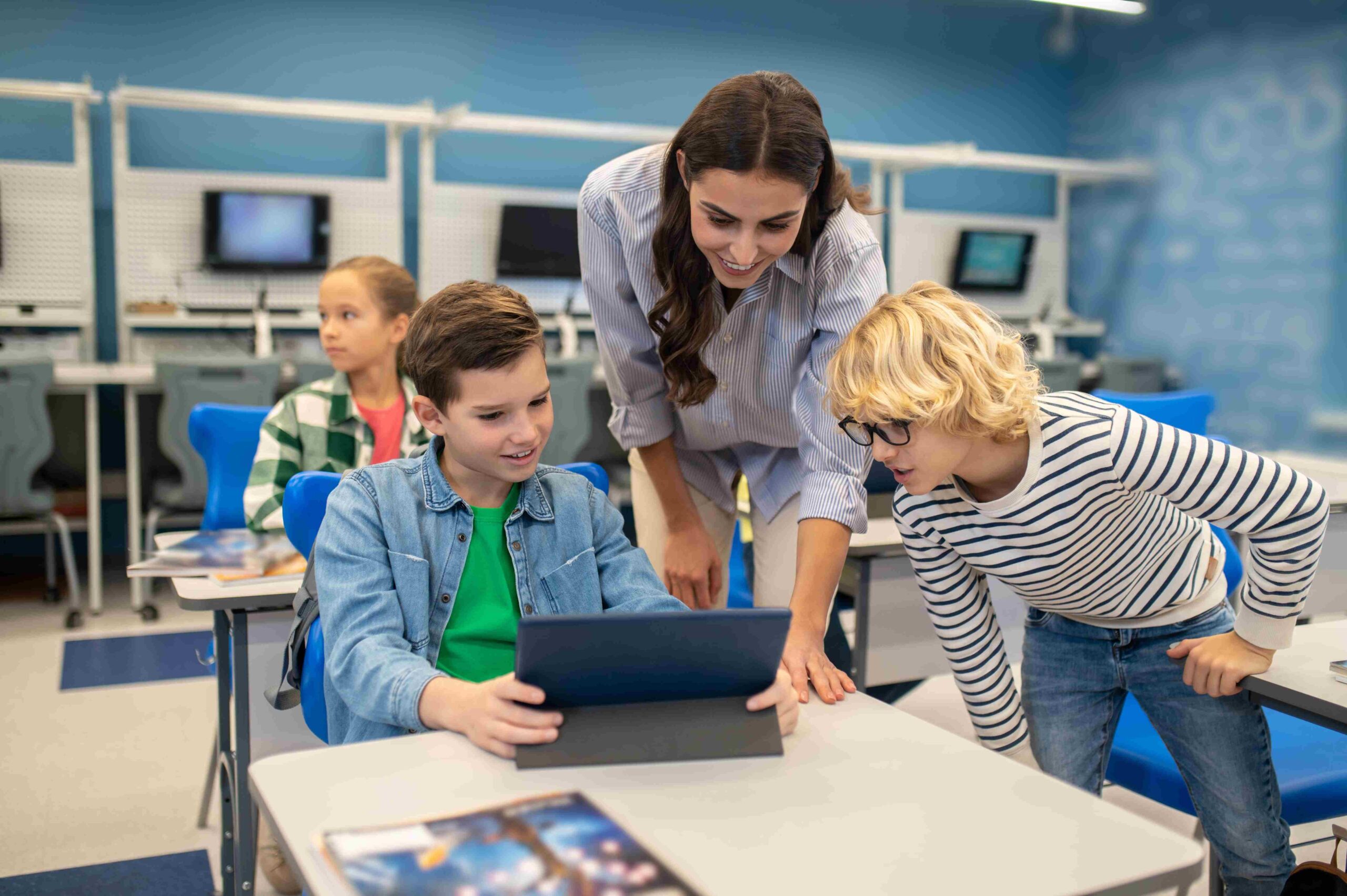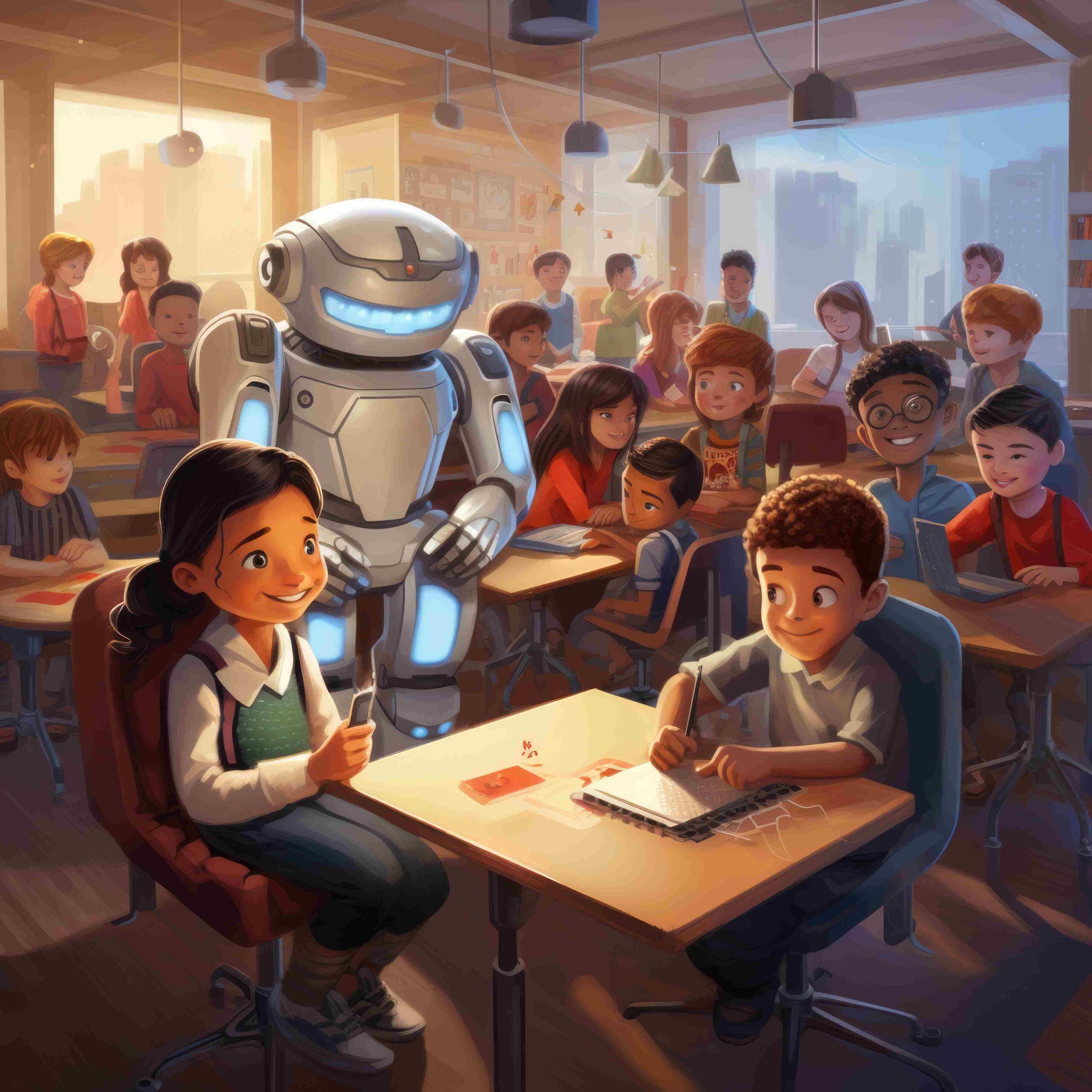The way kids learn and teachers teach is changing because of artificial intelligence (AI). AI is making schools more efficient, welcoming, and fun by automating tasks like marking and creating unique learning paths.
Top Ways AI Is Used in Education
Personalized Learning: AI makes lessons fit each student’s skills, pace, and way of learning by giving them custom tasks and feedback right away.
Predicting learning outcomes: AI looks at data about students to guess how well they will do and find places where they need more help.
Automating Teacher Tasks: Routine tasks like organizing, marking, and taking notes are now done by computers, which frees teachers to teach.
Administrative Workflows: AI speeds up tasks like planning resources, making lessons, and keeping track of student progress.
Help for People with Special Needs: Speech-to-text, text-to-speech, and real-time translation tools are useful for disabled students.
Resource and Curriculum Planning: AI helps schools make the best use of their time, resources, and lessons.
Ongoing Help: Virtual helpers and AI teachers help students while they are learning.
Why AI is Good for Education
Students: more freedom, customized lessons, better ability to solve problems, more imagination, and more interest.
Teachers: ideas based on data, less work for administrators, smarter lesson planning, and better tracking of student growth.
Schools: lower costs, better management, and learning options that can be scaled up or down.
Different Kinds of AI Tech
Learner-supporting AI: includes robots, adaptive learning tools, and smart language apps.
AI tools that help teachers: include auto-grading, scheduling, classroom control, and data platforms.
Institution-supporting AI: managing enrollment, predicting dropouts, keeping students safe on campus, and planning how to use resources.
Putting Together New Technologies and AI
AR and VR: Immersive models that let you learn by doing.
IoT: Real-time info from classrooms to make learning settings better.
Examples from Real Life
With Duolingo, you can do personalized language tasks with a smart teacher and get feedback right away.
AI tools like Khanmigo, Nuance, StepWise, and Carnegie Learning can help with teaching, grades, and learning that fits your needs.
Tips for Implementation
Evaluation: List possible uses, current AI solutions, and legal and moral issues that need to be thought about.
Planning: Write down your funds, goals, measurements, necessary skills, tech stack, and suppliers.
Monitoring: Set up rules, guidelines, and data protections for using AI.
Problems and Ways to Fix Them
Data privacy: Encryption, limited access, and identification are all things you can use.
How much it costs: Use SaaS services or savings for students.
Lack of Expertise: Teach workers and give them ongoing help.
AI Abuse: Make rules for how to use creative AI and find copying.
Measuring Impact: Come up with your own ways to measure how well AI works.
In Conclusion
AI is changing education by making it more personalized, simplifying chores, getting students more involved, and making it easier for more people to get an education. Smart planning and careful application can help both kids and teachers get better results from AI in schools.
Visit Edument Online School for more AI-powered learning tips.








